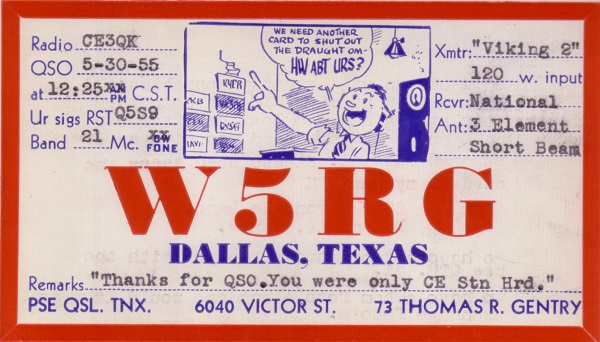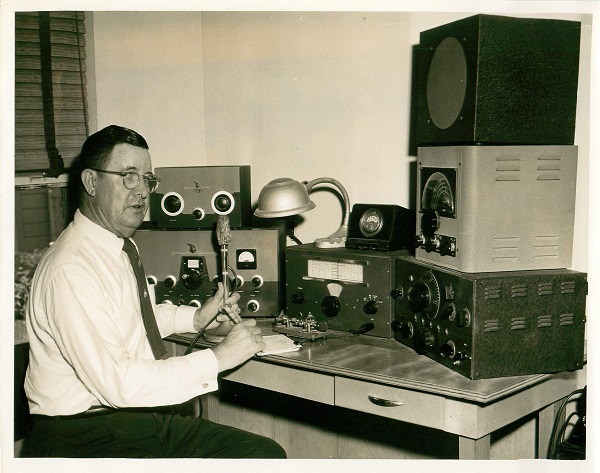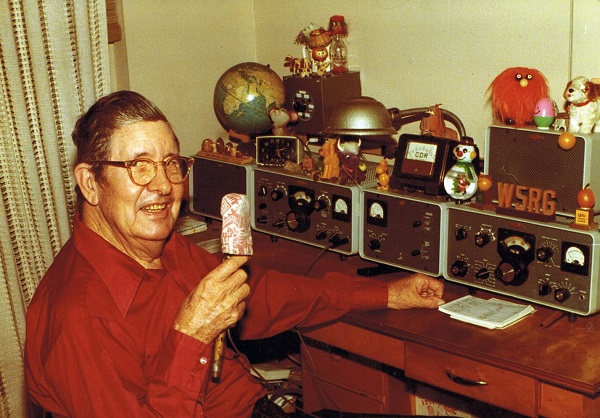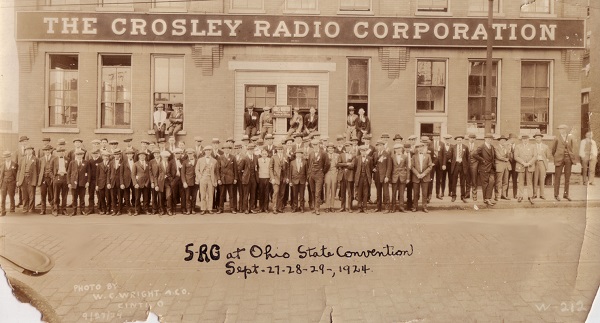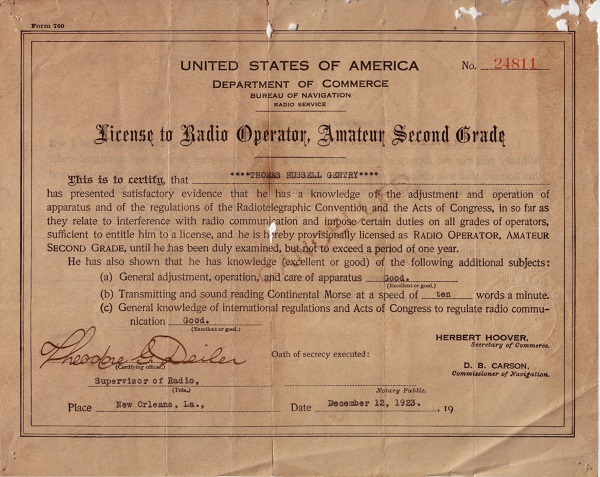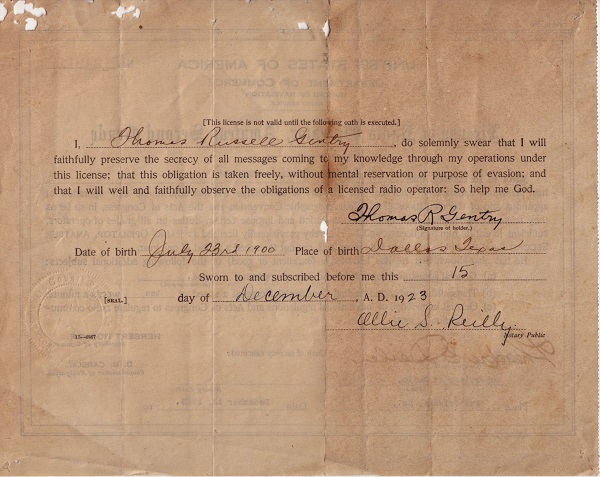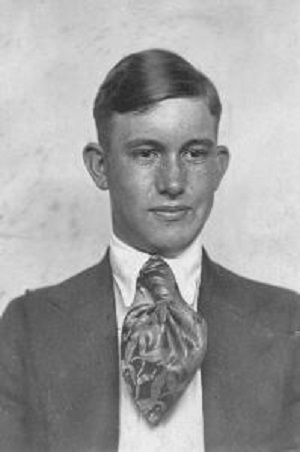 |
Thomas R. 'Tom' Gentry Dallas, TX QCWA # 5923 |
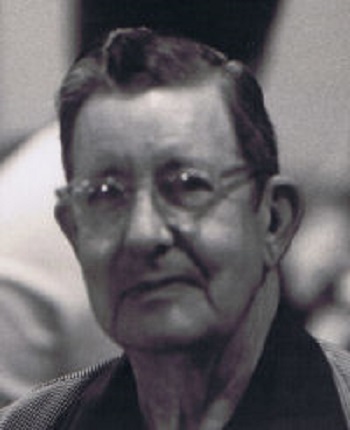 |
Tom Russell Gentry was born July 23, 1901 in Dallas, Texas. His parents were Merideth Poindexter Gentry and May Griffis. His dad was born in Tennessee in 1879 and worked as a salesman for wholesale grocery; his mother was born in Texas in 1881. He had a sister Helen and a brother Thurston.
Tom completed only one year of high school. As a youth he had a part-time job as a newspaper route carrier. He later attended Business College and learned typing, bookkeeping and penmanship. Tom resided with his dad until he was nineteen years old when he decided to join the Army Air Corps shortly after the close of World War I. At the time, the Air Corps was accepting three year enlistments. After approximately twenty-eight months of service, Tom found that he disliked the life of a serviceman. This was the turning point in his life, as he indicated in a statement later in life. The Air Corps decided to cut forces and he was given an honorable discharge.
After leaving the service he decided that since Dallas was his home he would seek his career there. Since his father was a salesman, he thought he could follow in his father's footsteps.
He first worked for two different rubber companies: Star Rubber Company in Dallas from 1923-1924 in shipping, clerical work and some sales correspondence. He then worked for Mohawk Rubber Company in Dallas from 1924-1926 as a correspondent in sales. He then joined the B.F. Goodrich Company on September 26, 1926, as an assistant to the District Manager of Industrial Products. In 1946 he was assigned to Outside Sales as an Inventory Salesman. They sold rubber belting for Cotton Gins, etc. and all other rubber products except tires. In 1950 the District Manager reassigned him to Sales Correspondent and he held that job until the end of his career.
On September 2, 1926, he married Ila Mae Humphreys. They were married for over fifty years. They had one daughter, Norma Jean.
After he had been with Goodrich for more than 33 years, they had new management that was looking for youth and they forced Tom to retire. Goodrich put all sorts of restrictions on Tom's retirement. He could not take a job with anyone in the rubber industry even if they sold Goodrich products. Tom had several Goodrich distributors that wanted his services but Tom had to quit those jobs or lose his retirement. This is not legal today. Retirement almost killed Tom. He was not ready for retirement as he was only 57 years old when he had to retire. He worked in various jobs as an advance salesman. He worked for a candy company the longest and would go out to prospective customers and give them a few boxes of candy as samples and sign them up to be customers.
Tom received his Amateur Second Grade Radio Operator license on December 12, 1923. On March 22, 1924 he received his Amateur First Grade Radio Operator license. His license was issued by the Department of Commerce as 5RG. Tom had applied for 5TG but it had already been issued to someone else. Tom's second choice was 5RG. Tom's middle name was Russell so he was still able to get his license with his initials. The W was not added to call letters in those days for a few more years. Tom operated a spark gap transmitter for a number of years.
One of the first radio-related stories that Tom told was that during the days of prohibition he had laden jar batteries all of the way around his back porch on Worth Street in Dallas to supply power to his rig. One of his neighbors turned him in for making moonshine on his back porch. The revenuers came out to arrest him and he supposedly told them that they could take a sip out of any of his bottles. They declined and left after they saw what he was doing with the jars.
Tom he was operating a 50 Watt CW/AM rig that consisted of a crystal controlled transmitter with an 807 in the final. His receiver was a National NC-101X and a RME HF-10-20 Frequency converter. This old receiver was new in the mid 1930.s. It was the forerunner of the National HRO receiver which was about the most popular post war receiver for ham use. Instead of plug-in coil modules for the different bands, it had a multiband coil assembly that slid back and forth across the bottom of the receiver and had contacts to connect the various coils as they were moved across the bottom. He had to replace a number of wires that were cotton covered and had rotted over the years. If a wire was moved you probably had to replace it as all of the insulation would fall off.
The Liquid Electrolytic capacitors had to be replaced every few years since they tended to dry out. The wax paper capacitors would get leaky and had to be replaced. With all of the problems this was still an outstanding receiver. He had an open antenna tuner that was mounted on the wall of his small back porch of his apartment on Victor Street in East Dallas. His antenna was a long wire antenna of about 130 feet that ran from the back porch to the top of a chimney in the front of the apartment to a pole on the back of his garage. He operated this rig and antenna until about 1953 or 1954 when he built a new house at 1655 Ravendale Lane in Dallas. This was close to the intersection of Abrams Road and Mockingbird Lane.
Tom wanted a new rig and antenna for the new house. This author built him a Johnson Viking 150 Watt AM/CW transmitter. About the only piece of ham equipment brought from the old station was his prized NC-101X Receiver and HF-10-20 RME frequency converter for 10 and 20 meters. Tom bought a Collins VFO to supply the rig and a Johnson Antenna tuner. We put up a 40 foot collapsible tower with a Triax 15 Meter beam. Tom always attributed his success on 15 meters to the ground plane we installed under the house and yard before the foundation was laid. We put in 16 radials from the point where his ham shack was to be in the house to the fence line around his yard. We tried to make each radial 40 feet long. Several couldn.t be that long because of the width of the lot. That Ground Plane may have really helped. The radiation pattern off of this beam was definitely different from most beams in the area as he could often work DX stations that no one else in town could hear. Tom bought a new Collins 75A4 Receiver after a few years in his new home.
Tom spent almost all of his spare time on his rig. He worked mostly 15 meters. He largely operated AM. He operated quite a bit of CW on 40 and 20 meters but stuck mostly with 15 meters AM. I was always amazed, when this author would go to his house and he would be on CW with some ham somewhere. He would usually be sending and receiving at about 60 words a minute. I could not read any of it. He would usually tell his contact that I had come in and would give them my call. I could never read it. Tom got a big kick out of that. He could easily send and receive CW and carry out a conversation in the room at the same time.
Tom had a running fight with his neighbors over TVI. When numerous complaints to the FCC made them finally send him a formal notice to do something about it, this author brought field strength meters from TI and made a formal test of radiation on all harmonics. The FCC had previously made some checks that showed high harmonic radiation. With properly tuned antennas on the measuring equipment, I was able to prove that his harmonic radiation was well within what was considered acceptable. Tom.s next door neighbor was hard of hearing and had an electronic organ. Tom got into the electronic organ, and into the hearing aid when it was used to hear on the telephone.
He finally decided that he would have to get off of AM. Tom bought a complete Collins S-Line rig. This virtually put a stop to the TVI. He had a problem with CW and did not operate on CW much after that.
Tom had worked over 150 countries on 15 meters. This website includes most of the QSL.s he saved (over 5,000 of them), and we also have most of his logs that go way back to when he was first on the air.
Tom was one of the most active amateurs on the air most of the 1920.s, 30.s, 40.s, 50.s, 60.s and 70.s. Tom was known as The Mayor of 15 Meters for many years.
Tom started having medical problems in mid 1970.s. These got progressively worse and he was diagnosed with Cancer of his kidney in 1978. Doctors decided to remove one kidney and scheduled the operation in early July. On the day he was to go to the hospital his wife Ila Mae had a mild stroke and she was taken to the hospital that morning. The doctors sent her back home that afternoon and told her to rest. Tom went into the hospital for the operation. The operation was performed the following day. Ila Mae was too sick to come to see him. She had another stroke the following day and was put in the hospital. They were both in Baylor Hospital at the same time on different floors. Ila Mae went into a coma and never came out of it. She died on July 10, 1978. Tom lived for about another six months. He would do little to get better. He died on February 5, 1979.
Tom was a very active member of the Dallas QCWA (Quarter-Century Wireless Association). He kept trying to get this author to go to the meetings. They meet on the first Saturday of each month. A requirement to join the QCWA is to have held an amateur license for over 25 years. There are about 20 to 30 hams that make each monthly meeting.
Assembled by Donald "Tiny" Retzlaff (W5MIY) (Tiny passed away in 2013)
Edited by his son, Donald Alan Retzlaff, email: donretzlaff@gmail.com
This bio ws copied from http://w5rg.donretzlaff.com/, which was created by his son-in-law. There is more information and many pictures available there.
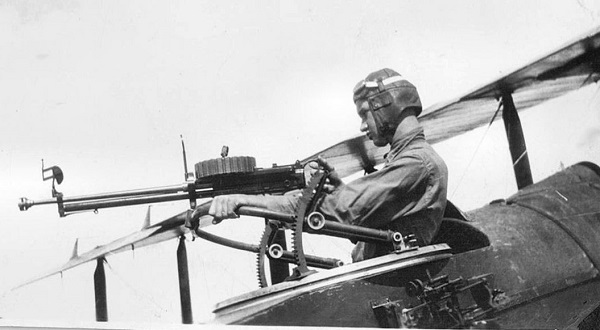
Tom Gentry with Lewis Automatic Machine Gun 11-30-1919
